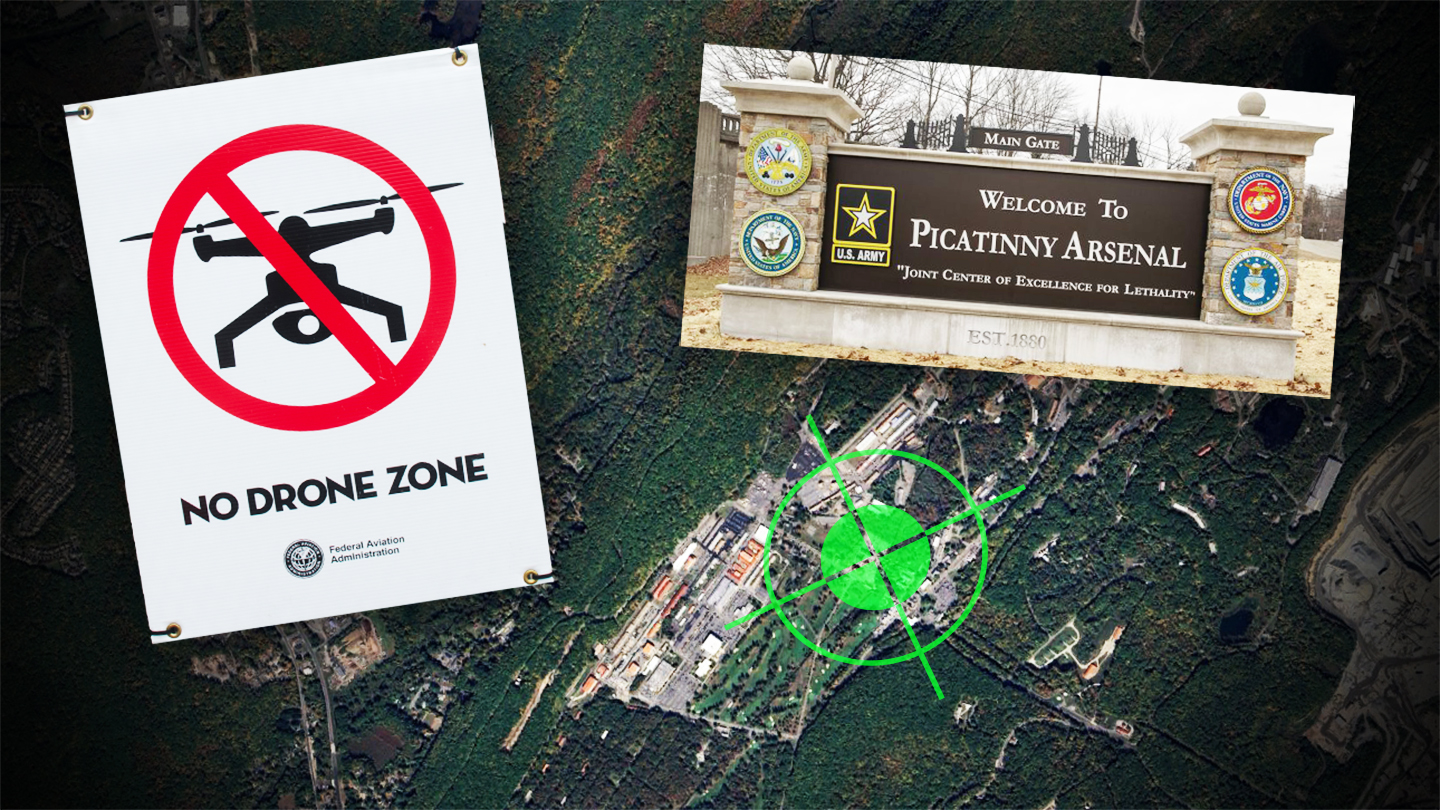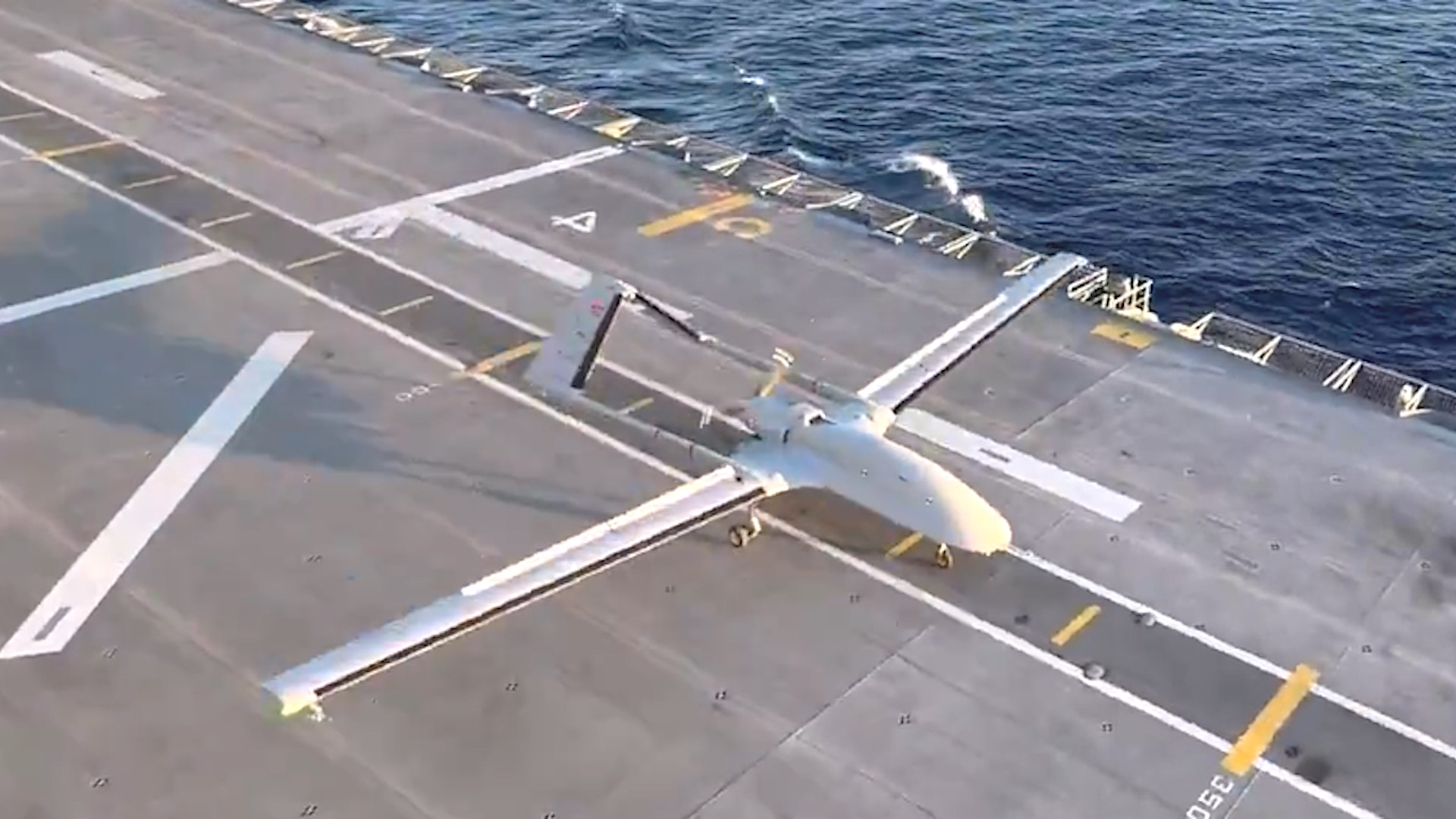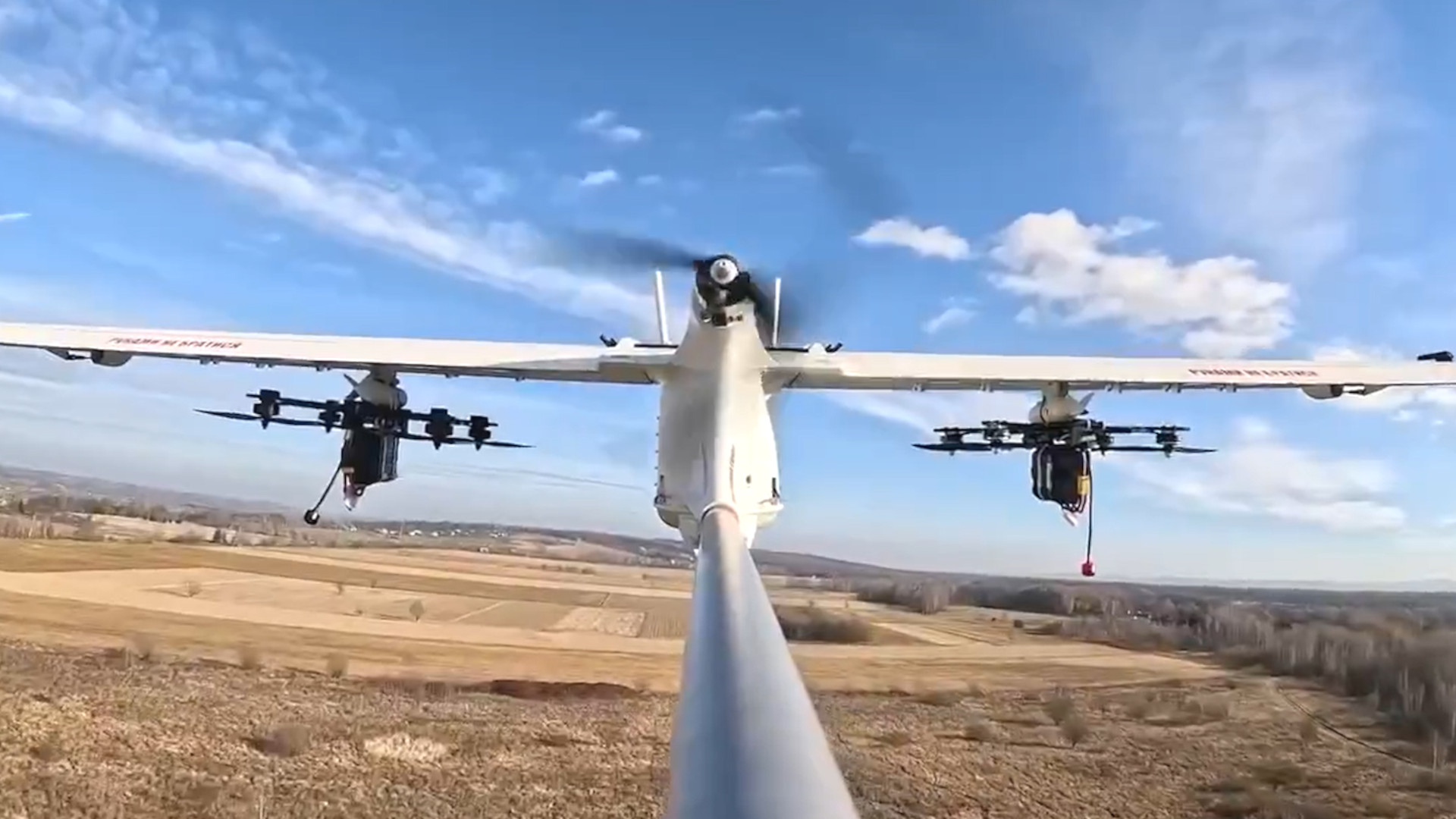- Reaction score
- 8,358
- Points
- 1,160
This may be a second/third order effect of Posse Commitatus, where the active duty US military cannot be used in domestic situations except for certain things like NORAD.
Isn't the National Guard the usual workaround for that problem?
Air Defense Artillery Brigades
11th Air Defense Artillery Brigade at Fort Bliss, Texas31st Air Defense Artillery Brigade at Fort Sill, Oklahoma
69th Air Defense Artillery Brigade at Fort Cavazos, Texas
35th Air Defense Artillery Brigade at Osan Air Base, South Korea
38th Air Defense Artillery Brigade at Sagami General Depot, Japan
108th Air Defense Artillery Brigade at Fort Liberty, North Carolina
100th Missile Defense Brigade (ARNG) at Colorado Springs, Colorado
164th Air Defense Artillery Brigade (ARNG) at Orlando, Florida
174th Air Defense Artillery Brigade (ARNG) at Columbus, Ohio
678th Air Defense Artillery Brigade (ARNG) at Eastover, South Carolina
The unit (164th) has supported the homeland defense mission through seven deployments commanding a multi-component task force responsible for securing the airspace in and around the National Capital Region.
The 174th Air Defense Artillery Brigade is an Air Defense Artillery brigade of the United States Army. It is one of six brigade-sized major subordinate commands of the Ohio Army National Guard, activated on 1 September 2008, in Columbus, Ohio. Before, during, and following its activation, the brigade and its subordinate battalions have been very active, deploying individuals and units to support the Iraq War's Operation Iraqi Freedom, airspace defense of the National Capital Region,
100th Missile Defense Brigade (Ground-based Midcourse Defense), known as 100th MDB (GMD), is a multi-component (meaning both Title 10 and Title 32) United States Army National Guard brigade headquartered at Schriever Space Force Base, Colorado. It has component formations located in Fort Greely, Alaska, Vandenberg Space Force Base, California, and Fort Drum, New York manned by national guardsmen of the 49th Missile Defense Battalion,100th MDB, Detachment 1,and 100th MDB, Detachment 2 in Alaska, California, and New York, respectively, on a round-the-clock 24/7/365 basis.100th MDB (GMD) is part of the United States Army Space and Missile Defense Command.
As National Guardsmen, the tempo of personnel replacements are not subject to the three-year cycle of ARFORGEN, allowing the development of long-term expertise over the past decade of training
I believe that the NCR Air Defence System is based on permanently emplaced NASAMs (Norwegian/National) launchers.

Or is it that the cost to military would be too high to engage that threat? It would eat up a massive budget?












